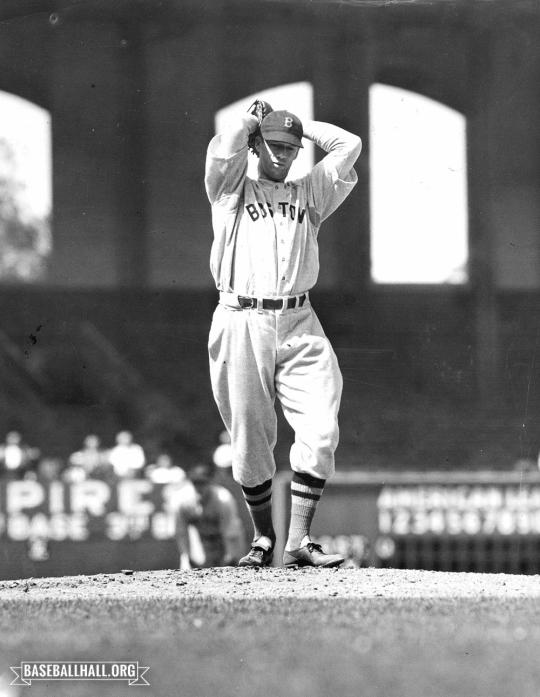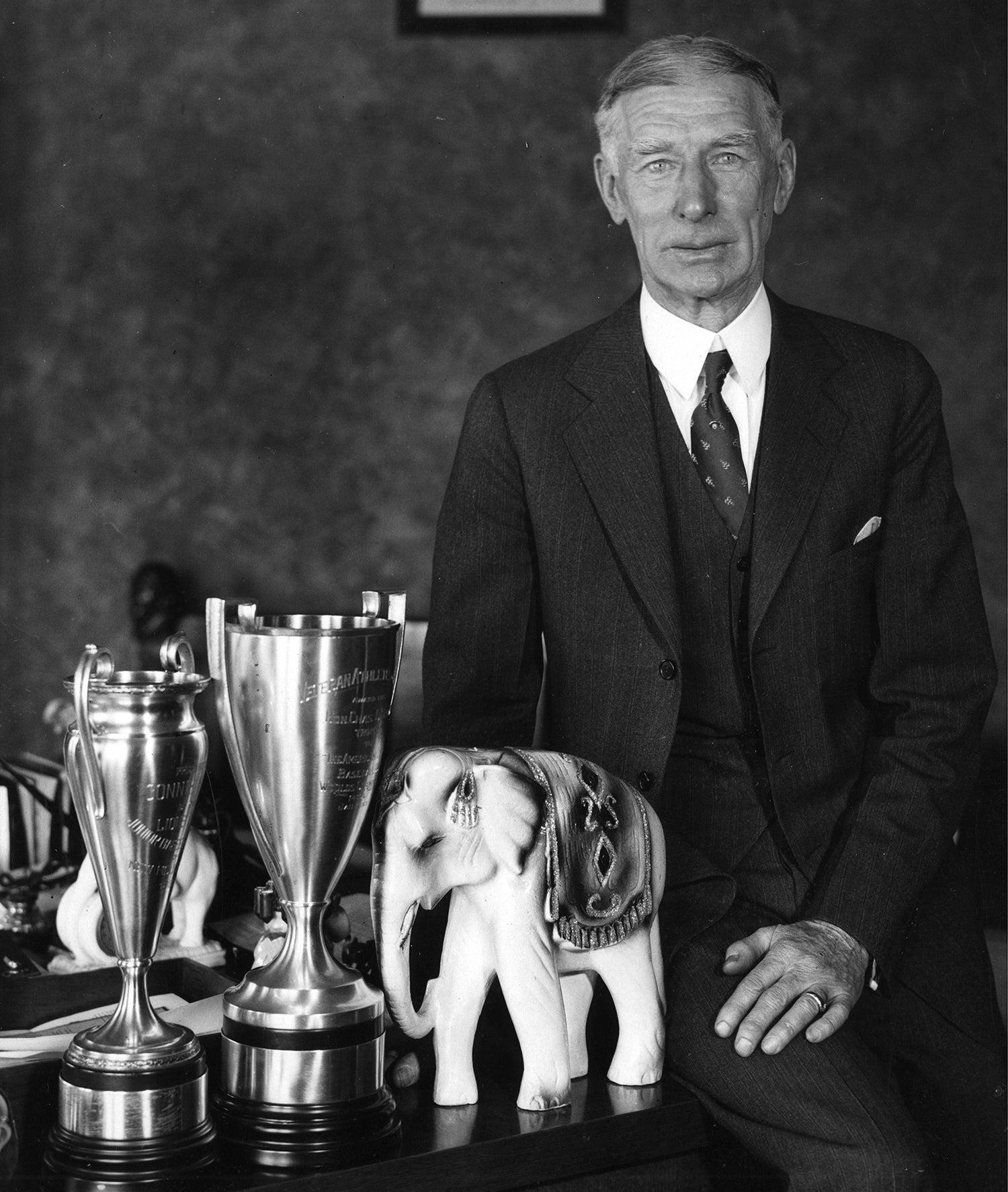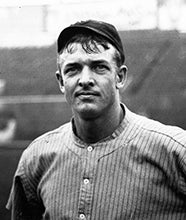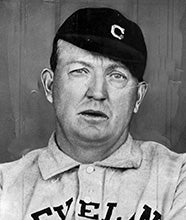- Home
- Our Stories
- Lefty Grove announces his retirement
Lefty Grove announces his retirement
By the start of the 1941 season, Lefty Grove had already accumulated a laundry list of Hall of Fame-worthy accomplishments. After a 17-year career that began with Connie Mack’s Philadelphia Athletics in 1925, the southpaw had won two pitching Triple Crowns, led the AL in ERA nine times and in strikeouts seven times and had seen seven 20-win seasons – not including when he won 31 games in 1931.
It was all leading up to one of the greatest accomplishments for any pitcher: 300 victories. Aiming to join the ranks of Cy Young, Walter Johnson and Christy Mathewson, the 6-foot-3 Grove set out to achieve the milestone as World War II loomed for America. It finally happened on July 25, 1941 in a 10-6 victory against the Cleveland Indians.
“I’ve been asked on many occasions what the greatest thrill of my career has been,” Grove said to the Boston Globe. “Until today, I couldn’t answer it. But now that I’ve chalked up number 300, I’ll tell you that winning the 300th game is my greatest thrill.”
It turned out though that his 300th win would be his last – an indication to Grove that it was time to hang up the cleats. Finishing up his season with a record of 7-7, the southpaw would post a winning percentage of .680 for his 17 years in the big leagues. Reaching a point where he felt he had accomplished all he could in the game, on Dec. 9, 1941, Grove asked Red Sox owner Tom Yawkey to release him from his contract.
“It’s tough to quit cold after 23 years in the old game,” Grove said to the Boston Globe, referring to his time in the big leagues and in the minor leagues.
But ‘Ol Man Mose had come a long way from working at a glass mill in Lonaconing, Md., where Baltimore Orioles manager Jack Dunn originally discovered the fastball pitcher. Grove exuded consistent greatness, whether exhibited in his record of 79-15 from 1929-1931, or in his ability to make it to 300 wins at 41-years-old.
Hall of Fame Membership
There is no simpler, and more essential, way to demonstrate your support than to sign on as a Museum Member.
When Hall of Famer Charlie Gehringer was asked to choose whether Bob Feller or Walter Johnson threw a better fastball, his reply to the Washington Post was: “Leave me out of this Johnson-Feller thing. I didn’t hit against Johnson when he had all his speed. But I can tell you one thing: Feller has never shown me a fast ball like Lefty Grove was throwing my way for ten years. Against Grove, you were up there swinging at an aspiring tablet.”
Connie Mack, former manager of the Philadelphia Athletics, agreed with Gehringer.
“I’ll tell you about Grove – in many ways the best left-handed pitcher I ever saw,” Mack said to the Boston Globe. “He has learned to think. He relies on his pitching brain. When I sent [him] in to pitch, I could be almost positive we would win his game if we gave him a run or two. You can’t say that of many pitchers.”
Grove would be inducted into the Hall of Fame six years after his retirement, with the Class of 1947.
Alex Coffey was the communications specialist at the National Baseball Hall of Fame
Related Stories

Philadelphia A’s trade Jimmie Foxx to the Boston Red Sox
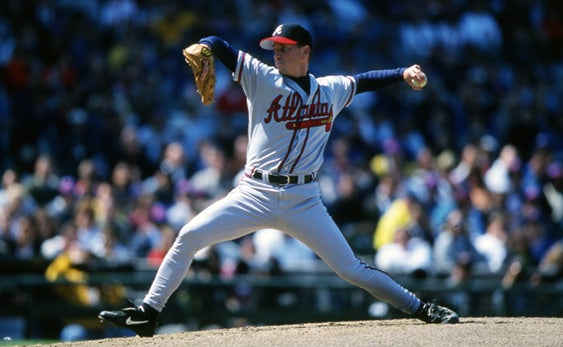
Tom Glavine joins 300-win club

Early Wynn Gets His 300th Victory

Philadelphia A’s trade Jimmie Foxx to the Boston Red Sox

Tom Glavine joins 300-win club


